Overview of Hoverboards
Best Hoverboard Speed – Hoverboards, also known as self-balancing scooters, have taken the world by storm since their introduction in the early 2010s. These two-wheeled devices offer a fun and convenient way to get around, using gyroscopic technology to maintain balance and allow users to control movement with subtle shifts in their body weight. Initially perceived as a futuristic gadget, hoverboards have now become a mainstream mode of transport for both leisure and practical purposes.
The journey of hoverboards began with several prototypes and iterations, evolving from bulky and unreliable designs to sleek, efficient, and highly functional devices. Their popularity skyrocketed thanks to endorsements from celebrities, viral videos, and their appeal to both young and old. Today, hoverboards are not just a novelty; they are a viable option for short-distance travel, especially in urban areas.
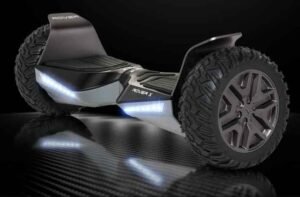
Importance of Speed in Hoverboards
Speed is a critical factor when it comes to hoverboards. For many users, the thrill of riding fast is a significant part of the appeal. However, speed isn’t just about excitement; it’s also about functionality. A faster hoverboard can make commuting more efficient, allowing users to reach their destinations quicker.
Several factors influence hoverboard speed, including motor power, battery capacity, wheel size, and the weight of the rider. Understanding these factors helps consumers make informed choices based on their needs, whether they seek a leisurely ride or a speedy commute.
Types and Categories
1. Standard Hoverboards
Standard hoverboards are the most common type available in the market. They are designed for general use and typically feature a balanced combination of speed, stability, and ease of use. These hoverboards usually reach speeds of 6 to 10 mph, making them ideal for everyday activities like commuting to work or school, or just enjoying a ride around the neighborhood.
2. Off-Road Hoverboards
Designed for adventure seekers, off-road hoverboards are built to handle rough terrains such as gravel, grass, and uneven paths. They come equipped with larger, more durable wheels and enhanced suspension systems. Despite their rugged build, these hoverboards can reach impressive speeds, often matching or exceeding the speeds of standard hoverboards, with some models capable of hitting up to 12 mph or more.
3. High-Performance Hoverboards
For speed enthusiasts, high-performance hoverboards are the ultimate choice. These models are engineered for maximum speed, incorporating advanced motor technologies and lightweight materials. High-performance hoverboards can reach speeds upwards of 12 mph, with some top models pushing the limits to 15 mph or even higher. Brands like Segway and Halo are known for producing some of the fastest hoverboards on the market.
4. Kids’ Hoverboards
Hoverboards designed for kids prioritize safety over speed. These models typically feature lower maximum speeds, usually around 5 to 7 mph, ensuring that young riders can enjoy the experience without risking their safety. Additionally, they come with enhanced stability features and parental control options to regulate speed and usage.
Technical Specifications
1. Motor Power and Efficiency
The motor is the heart of a hoverboard, directly impacting its speed and performance. Hoverboards generally use brushless motors, known for their efficiency and durability. The power of these motors is measured in watts, with higher wattage translating to greater speed and torque. Standard hoverboards typically feature motors ranging from 250 to 400 watts, while high-performance models can have motors with 500 watts or more.
2. Battery Capacity and Performance
Battery capacity is another crucial factor influencing hoverboard speed. Most hoverboards use lithium-ion batteries, which are known for their high energy density and longevity. The capacity of these batteries is measured in watt-hours (Wh), with larger capacities providing longer ride times and the potential for higher speeds. A typical hoverboard battery ranges from 36V to 42V, with capacities between 4.4Ah to 6.6Ah.
3. Wheel Size and Material
The size and material of hoverboard wheels significantly affect speed and stability. Standard hoverboards usually have 6.5-inch wheels, suitable for smooth surfaces. Off-road models feature larger wheels, typically 8.5 to 10 inches, made of durable rubber to handle rough terrains. Larger wheels can enhance speed and provide a smoother ride over obstacles.
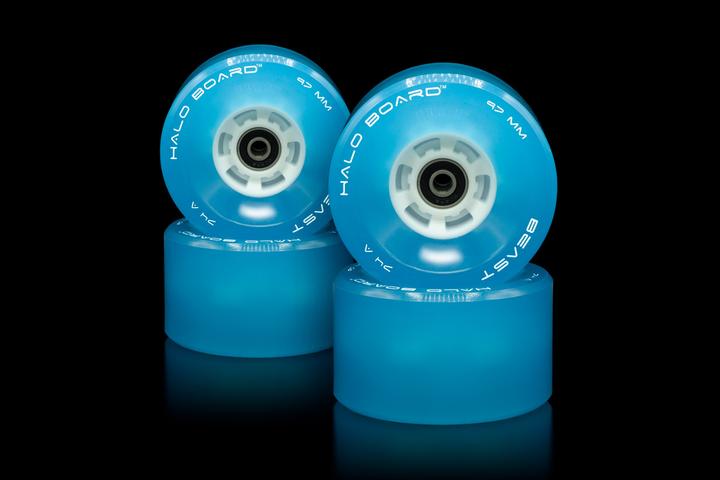
4. Weight and Build Material
The weight of the hoverboard and the materials used in its construction also impact speed. Lightweight materials like aluminum and magnesium alloys are commonly used to construct the frame, reducing the overall weight and allowing for faster acceleration. However, a balance must be struck to ensure durability and rider safety.
Applications
1. Urban Commuting
Hoverboards are increasingly popular for urban commuting, offering a quick and efficient way to navigate through city traffic. Their compact size and relatively high speeds make them ideal for short-distance travel, reducing the reliance on cars and public transportation.
2. Recreational Use
For recreational purposes, speed adds to the fun and excitement of hoverboarding. Whether cruising around parks, exploring new areas, or performing tricks, a faster hoverboard enhances the overall experience.
3. Off-Road Adventures
Off-road hoverboards open up new possibilities for adventure enthusiasts. Their robust design and higher speeds allow riders to explore trails, beaches, and other off-road environments, providing a unique and thrilling riding experience.
4. Racing
Hoverboard racing is an emerging sport, with speed being a critical factor. Participants compete on specially designed tracks, and high-performance hoverboards with superior speed capabilities are essential for success in this competitive arena.
Benefits
1. Convenience
Hoverboards offer a convenient mode of transportation, particularly for short distances. Their speed ensures that users can quickly reach their destinations without the hassle of traffic or parking.
2. Fun and Entertainment
The thrill of riding a hoverboard at high speeds is a significant draw for many users. It combines the excitement of speed with the joy of balancing and maneuvering, providing endless entertainment.
3. Health and Fitness
Riding a hoverboard can also contribute to physical fitness. Balancing and steering the device engage core muscles and improve coordination, while the option to ride at various speeds allows for customizable workout intensity.
3. Environmental Impact
Hoverboards are an eco-friendly transportation option. They run on rechargeable batteries, reducing the need for fossil fuels and minimizing the carbon footprint associated with short-distance travel.
Challenges and Limitations
1. Safety Concerns
High speeds on hoverboards can pose safety risks, including falls and collisions. It is crucial to wear protective gear, such as helmets and pads, and to ride within safe speed limits to prevent injuries.
2. Legal Restrictions
In many areas, there are legal restrictions on where and how fast hoverboards can be ridden. These regulations are put in place to ensure public safety and must be adhered to by all riders.
3. Battery Life and Charging Time
The performance of a hoverboard is limited by its battery life. High speeds can drain the battery quickly, reducing the ride time. Additionally, long charging times can be inconvenient for frequent users.
4. Terrain and Weather Conditions
Hoverboard speed and performance can be affected by terrain and weather conditions. Wet or uneven surfaces can reduce speed and increase the risk of accidents, making it essential to ride under optimal conditions.
Latest Innovations
1. Advanced Motor Technologies
Recent advancements in motor technology have led to more efficient and powerful motors, enhancing the speed and performance of hoverboards. These innovations include brushless motors and improved torque mechanisms.
2. Battery Innovations
Battery technology continues to evolve, with new developments leading to longer-lasting and quicker-charging batteries. These innovations allow hoverboards to achieve higher speeds and longer ride times.
3. Smart Features
Modern hoverboards are equipped with smart features such as speed control, GPS tracking, and Bluetooth connectivity. These technologies enhance the user experience and provide better control over speed and performance.
4. Lightweight Materials
The use of advanced, lightweight materials in hoverboard construction contributes to higher speeds by reducing overall weight without compromising durability or safety.
Future Prospects
1. Predicted Technological Advancements
Future advancements in motor and battery technologies are expected to further increase hoverboard speeds. Innovations such as solid-state batteries and more efficient motors could revolutionize hoverboard performance.
2. Market Trends
Consumer preferences are shifting towards faster and more efficient hoverboards. This trend is driving manufacturers to focus on speed and performance enhancements in their new models.
3. Potential Speed Enhancements
Ongoing research and development aim to push the speed limits of hoverboards. Future models may incorporate advanced aerodynamics and improved propulsion systems to achieve unprecedented speeds.
. Integration with Other Technologies
The integration of hoverboards with smart devices and other technologies is a promising area of development. Features like app-based speed controls and real-time performance monitoring could become standard in future models.
Comparative Analysis
Hoverboards vs. Electric Scooters
Electric scooters are a popular alternative to hoverboards. While scooters typically offer higher speeds, hoverboards provide a more compact and versatile option for short-distance travel.
Hoverboards vs. Electric Skateboards
Electric skateboards are known for their speed and agility. However, hoverboards offer a unique riding experience with their self-balancing technology, making them a preferred choice for many users.
Hoverboards vs. Traditional Transportation
Compared to traditional transportation methods like walking or cycling, hoverboards provide a faster and more efficient way to travel short distances. They are particularly useful in urban environments where traffic congestion is common.
Brand Comparisons
Different brands offer varying levels of speed and performance. Brands like Segway and Halo are known for their high-speed models, while others focus on providing a balanced combination of speed, safety, and affordability.
User Guides or Tutorials
Choosing the Right Hoverboard for Speed
When selecting a hoverboard, it is essential to consider factors such as motor power, battery capacity, and wheel size. Potential buyers should also assess their specific needs, whether they prioritize speed, durability, or off-road capabilities.
Maintaining Your Hoverboard
Proper maintenance is crucial for optimal performance. Regularly checking the battery, wheels, and motor can prevent issues and ensure the hoverboard remains in top condition. Cleaning and storing the hoverboard appropriately also prolongs its lifespan.
Safety Tips for High-Speed Hoverboarding
Safety should always be a priority when riding at high speeds. Wearing protective gear, riding in designated areas, and adhering to speed limits can prevent accidents and injuries. Riders should also be aware of their surroundings and ride defensively.
Enhancing Speed with Accessories
Various accessories can enhance the speed and performance of a hoverboard. Upgrading to higher-capacity batteries, using performance wheels, and installing speed-enhancing software are common modifications that users can consider.
Personal Stories or Case Studies
Experiences from Speed Enthusiasts
Many hoverboard enthusiasts share their experiences and tips for achieving high speeds. These stories often highlight the excitement and challenges of riding fast, providing valuable insights for new users.
Case Studies of High-Speed Use
Case studies on high-speed hoverboarding demonstrate the practical applications and benefits of fast hoverboards. These studies often focus on areas such as urban commuting, recreational use, and competitive racing.
Expert Insights
Interviews with Industry Professionals
Industry professionals offer expert opinions on hoverboard speed, discussing the latest technological advancements and providing tips for maximizing performance. Their insights are valuable for both new and experienced riders.
Tips from Hoverboard Manufacturers
Manufacturers provide practical advice on optimizing hoverboard speed and performance. These tips often include recommendations on maintenance, battery care, and safe riding practices.
Conclusion
Summary of Key Points
Hoverboard speed is influenced by various factors, including motor power, battery capacity, and wheel size. Different types of hoverboards cater to various needs, from standard models for everyday use to high-performance models for speed enthusiasts.
Future Outlook
The future of hoverboard speed looks promising, with ongoing advancements in technology and materials expected to further enhance performance. As consumer preferences continue to evolve, manufacturers are likely to focus on developing faster and more efficient models.
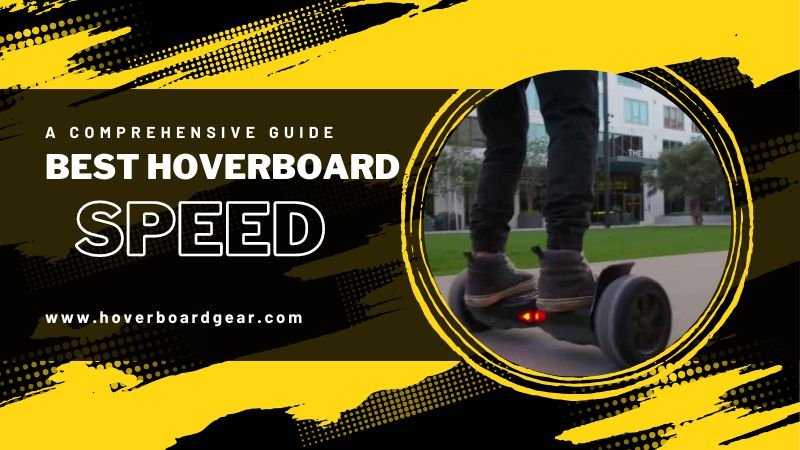

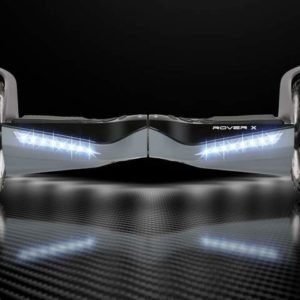

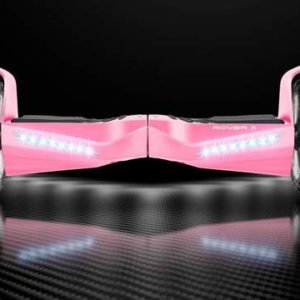
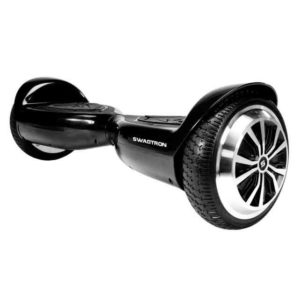
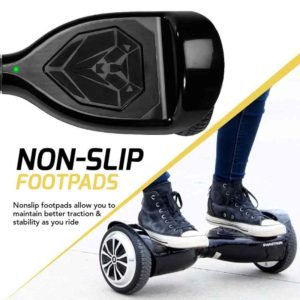

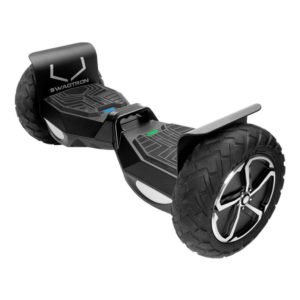


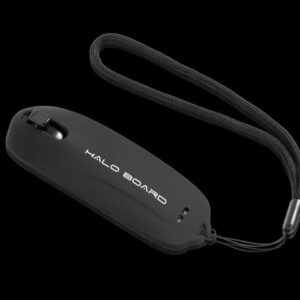
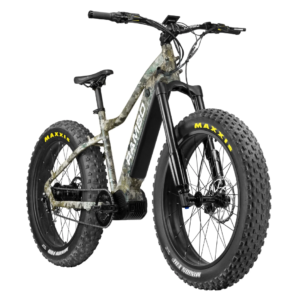
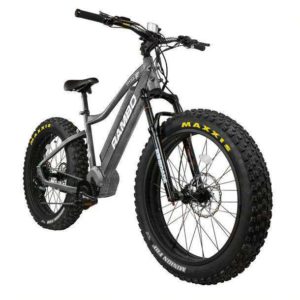
 H1 is powered by two 200W motors that enable it to climb 15 degree inclines and reach a 9 mph top speed. The 6.5″ solid wheels provide a smooth and enjoyable ride.
H1 is powered by two 200W motors that enable it to climb 15 degree inclines and reach a 9 mph top speed. The 6.5″ solid wheels provide a smooth and enjoyable ride.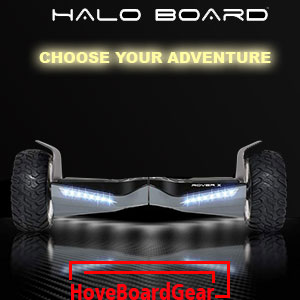
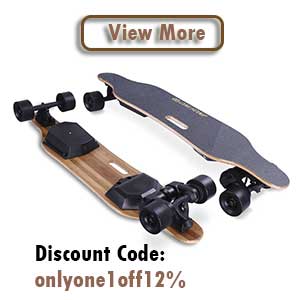
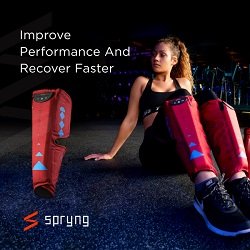

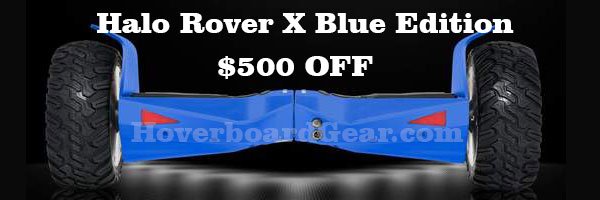
[…] Best Hoverboard Speed: A Comprehensive Guide […]